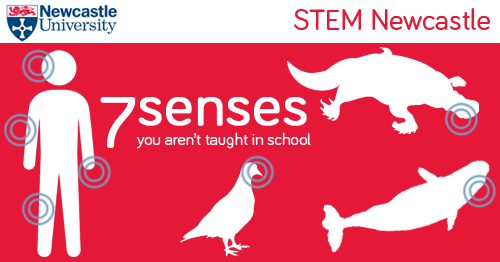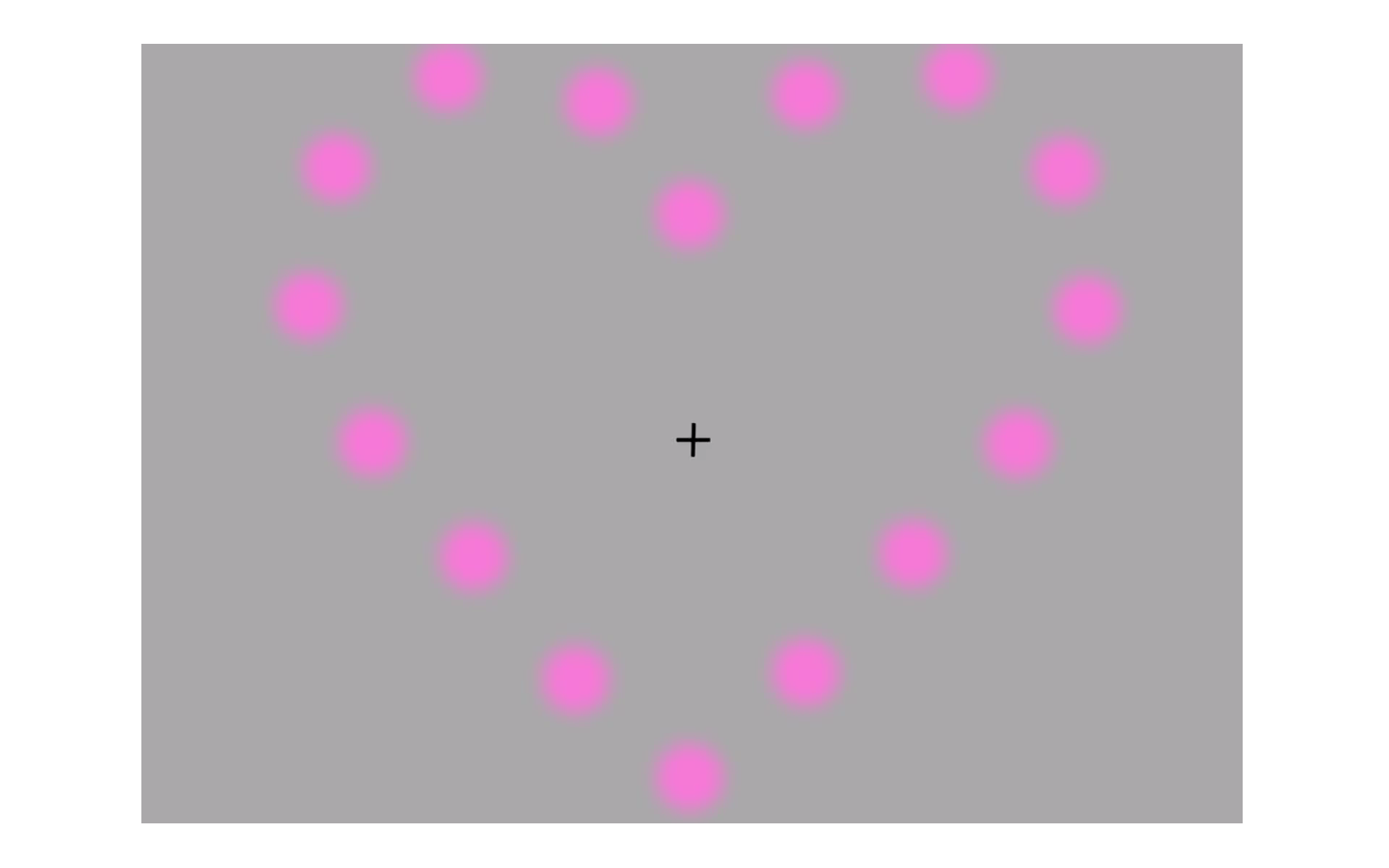Everyone is taught in primary school about our 5 senses – hearing, sight, smell, touch and taste. But did you know we actually have several secret senses? You might not even be consciously aware of some of them, yet you use them everyday.
1. Balance

Most of us manage to stay upright on two feet without falling over. You can probably stand on one leg or in a unusual stance for a period of time without toppling. This is all due to our sense of balance or equilibrioception. You balance is kept steady by the level of a fluid in the vestibular system in your inner ears.
Try testing your balance – Stand with your heels and back against a wall, then try to bend forwards. You’ll find you won’t be able to or you might fall over. When you bend forwards, your bum needs to stick out behind your feet in order to stabilise your centre of balance and stop you tipping over.
2. Heat

When you’re near a fire, you’ll be able to feel the heat on your skin even though the fire isn’t touching you. This heat, as well as the absense of heat, is detected by thermoceptors in your skin.
Thermoception aids your body by giving the correct response when you start getting too hot or too cold. For example, when you’re cold the hairs on your arms will stand up, this response has evolved as it helps to trap air and give you an extra layer of insulation, although nowadays you can probably just put on another jumper.
3. Pain
Nociception is the perception of pain throughout the body, whether it’s a physical cut or damage to an internal organ. It signals to your body that there is a potential threat and calls for an appropriate response.
4. Body Awareness

This is a sense you will use all the time but you’ve probably never even thought about it. Also called, proprioception, it is the unconscious awareness of where your body parts are in space and in relation to the rest of you.
Test your proprioception by closing your eyes and touching your nose. Despite not being able to see your hand or nose, I bet you were pretty accurate in finding it?
5. Electrocreception

This isn’t a sense that you have but lots of marine animals commonly use electrorecption to hunt for food. Sharks take advantage of the high conductivity of salt water, their electrorecptivity allows them to detect the electric signals produced by the activity of fish. Duck billed platypus, believe it or not, hunt in a similar way to sharks as they have thousands of electroreceptors in the mucous glands on their bills.
6. Echolocation

Bats are famous for their echolocation abilities. Although they aren’t completely blind, they hunt at night when it’s almost impossible to see and so echolocation evolved as an alternative to sight to help them navigate. They produce sounds so high pitched, we can’t usually hear them. This sound echos and bounces back to the bats, they use the returning noises to build up an internal image of their surroundings.
They’re not the only ones with this impressive talent, if you’ve seen Finding Dory, you may have noticed Bailey the Beluga Whale also uses echolocation. Belugas use a fatty deposit, known as a melon, on their head to target their sounds in different directions.
7. Magnetoreception

Many birds have the ability to detect magnet fields. This sense is called magnetoreception and is used to help birds find their way on long migrations. No one is quite sure how birds detect or see magnetic fields but there are hypotheses that suggest they use either a protein called cryptochrome or the highly magnetic compound, iron oxide.
Interestingly human eyes contain cryptochromes but we aren’t able to utilise the protein to detect a magnetic field.










